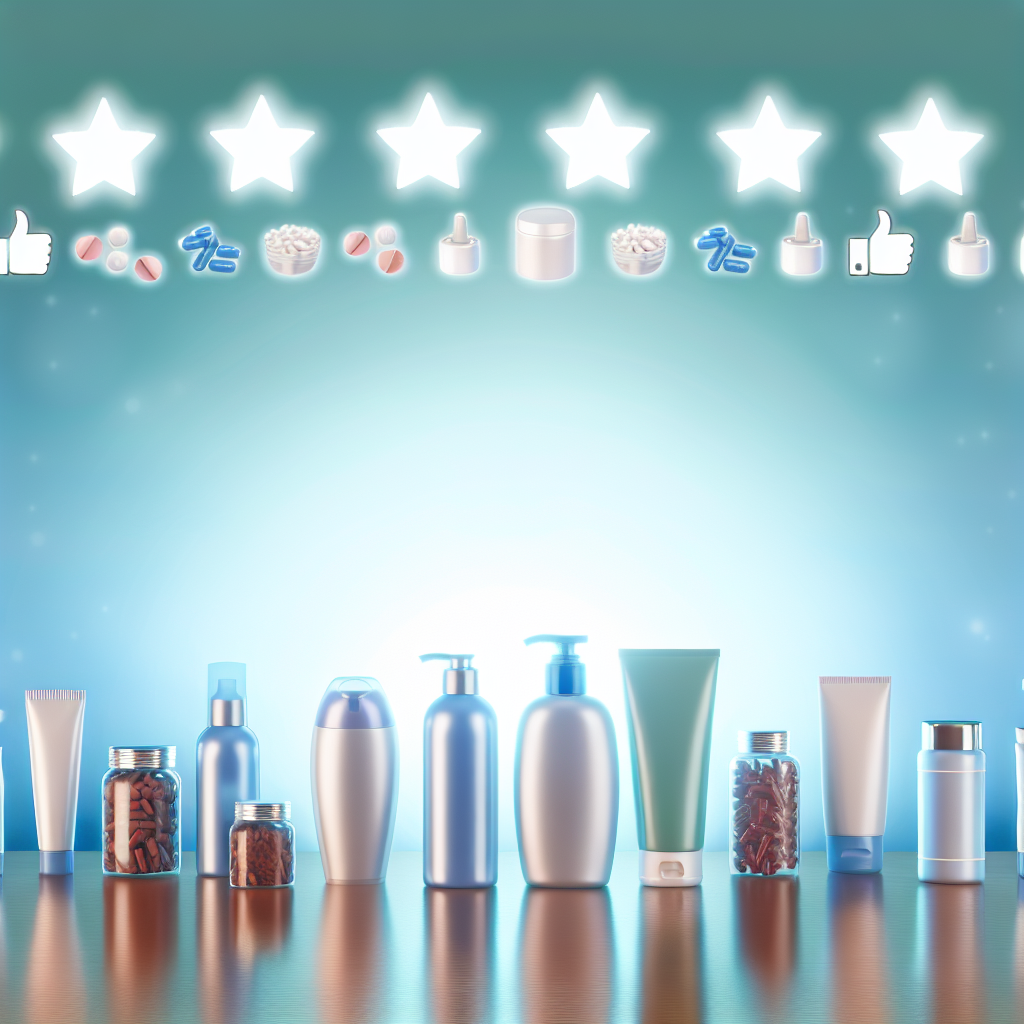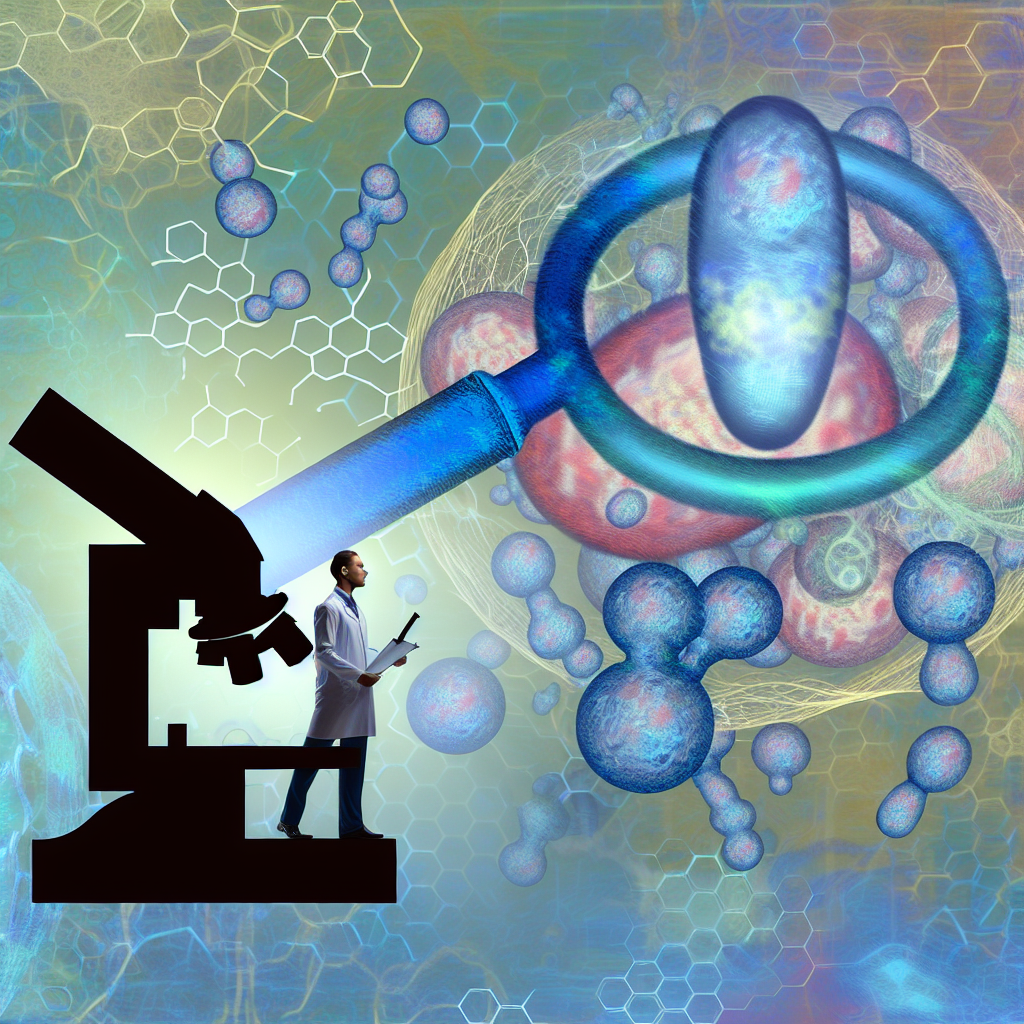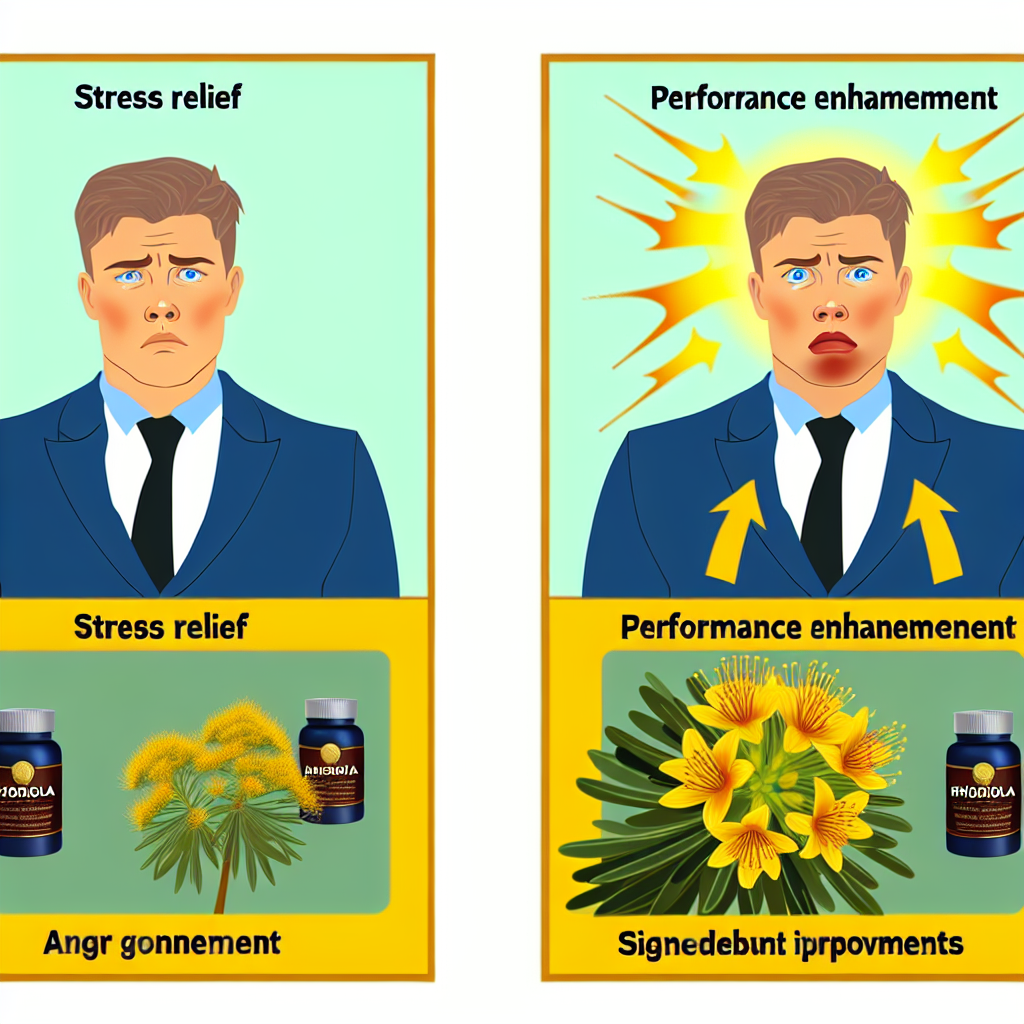Hair Loss Treatments – Topical and Oral Solutions Reviewed
Introduction
Hair loss in men affects individuals across all age groups, from teens noticing early thinning to older men managing significant loss. More than 50 million men in the U.S. experience hair loss, primarily due to androgenetic alopecia (male pattern baldness), as noted by the American Academy of Dermatology.
Besides genetics, contributing factors include hormonal imbalances, chronic stress, poor nutrition, and underlying medical conditions like thyroid disorders. The psychological impact of hair loss often leads to reduced self-confidence and even anxiety or depression.
Thankfully, the treatment landscape has expanded significantly. No longer limited to hats or surgery, men now have access to a variety of scientifically-backed hair loss products. These include topical solutions, oral medications, and combined regimens. Telemedicine has further enhanced access, bringing specialized care to the privacy of one’s home.
This review offers a deep dive into modern hair restoration strategies—covering the most effective and accessible pharmaceutical treatments, their mechanisms of action, real-world effectiveness, potential side effects, and the latest clinical research insights.
Scientific Treatments and Efficacy
1. Minoxidil (Topical)
Minoxidil, originally designed as a hypertension medication, is an FDA-approved topical treatment for male pattern baldness. Available in 2% and 5% solutions, it stimulates blood flow to hair follicles and extends the hair growth phase (anagen).
A study in the Journal of the American Academy of Dermatology found that the 5% formula was significantly superior to the 2% in achieving hair regrowth. Thorough application twice daily led to a 45% increase in hair count versus placebo. Users should be aware that initial shedding may occur before results become visible after several weeks.
Though mostly well-tolerated, side effects might include mild scalp irritation or dryness. Persistence is key, as discontinuation usually results in reversion to the original thinning pattern.
2. Finasteride (Oral)
Another key FDA-approved medication, finasteride (Propecia), works internally by blocking 5-alpha reductase, an enzyme that converts testosterone into dihydrotestosterone (DHT)—a primary cause of follicle miniaturization.
A landmark study in Dermatologic Clinics showed finasteride at 1 mg daily reduced scalp DHT levels by 60% and achieved visible hair regrowth for 90% of patients within a year. A long-term study published in the European Journal of Dermatology reported a regrowth impact in nearly half of participants and halted further hair loss in over 80%.
Despite its efficacy, potential side effects such as decreased libido, sexual dysfunction, and mood fluctuations have led to concerns around post-finasteride syndrome—a debated but increasingly acknowledged condition.
3. Dutasteride (Oral)
Dutasteride, a more potent oral drug not yet FDA-approved in the U.S. for hair loss, inhibits both type I and II forms of 5-alpha reductase, resulting in a more substantial overall reduction in DHT.
In a 24-week randomized study featured in the Journal of the American Academy of Dermatology, 0.5 mg of daily dutasteride led to significantly higher scalp hair count compared to finasteride. This makes it a promising alternative, especially for those who do not respond to finasteride.
However, like finasteride, this stronger drug carries similar—potentially enhanced—side effects and is typically prescribed with greater caution.
4. Combination Therapy
The most effective strategy for many men involves combining topical and oral treatments. In particular, a 2020 study from the International Journal of Dermatology found 94% of men using both minoxidil and finasteride noted decreased shedding and increased density within 12 months. This dual approach addresses both external follicle stimulation and internal hormone regulation, delivering more comprehensive results than monotherapy.
Doctors often recommend starting both treatments early in the hair loss process to maximize retention and regrowth.
5. Emerging Topical Alternatives
Beyond FDA-approved options, newer topical treatments such as peptide-based serums and caffeine shampoos are gaining attention. One particularly promising agent is ketoconazole, an anti-fungal shampoo with anti-androgen properties.
A long-term study in Dermatology suggested that ketoconazole 2% applied 2–3 times weekly resulted in effectiveness similar to 2% minoxidil over six months, especially when combined with other therapies. It also has the added benefit of treating scalp inflammation and dandruff.
6. Adjunct Therapies: PRP and Laser
Technologies like low-level laser therapy (LLLT) and platelet-rich plasma (PRP) injections can significantly enhance traditional treatments.
A study in Lasers in Surgery and Medicine found that regular use of LLLT increased hair count and improved thickness. Laser combs and caps, though expensive, offer a drug-free approach ideal for people who prefer non-pharmaceutical interventions or those seeking to maximize results.
PRP therapy—where one’s platelets are injected into the scalp—has shown improvement in density and hair cycle vitality in preliminary studies. Its main challenges include the need for recurring sessions and higher costs.
Conclusion
Hair loss is no longer a silent burden. With the expanding arsenal of hair restoration treatments, men can regain not just hair, but also confidence and peace of mind.
Whether you’re a teenager looking to prevent early thinning or a senior aiming to restore volume, effective treatment options—such as minoxidil, finasteride, dutasteride, or growth factor serums—are increasingly accessible through dermatologists and online platforms.
The key is early intervention. Consult a healthcare provider to assess your pattern, hormones, and treatment compatibility. With today’s innovations—from delivery systems to telehealth—it has never been easier to customize and commit to a hair loss treatment plan that fits both your biology and your lifestyle.
Concise Summary
Male hair loss—primarily caused by androgenetic alopecia—affects millions, prompting psychological and social consequences. Effective treatments include FDA-approved options like topical minoxidil and oral finasteride, both scientifically proven to stabilize and reverse thinning. Dutasteride shows great promise as a potent DHT blocker, while newer options like ketoconazole shampoo and laser therapy offer alternative or complementary benefits. Combination therapies yield optimal results, and telemedicine has enhanced accessibility. Early intervention and personalized strategies are critical for effective, long-term results.
References
– American Academy of Dermatology
– Minoxidil Study – J Am Acad Dermatol
– Finasteride Study – Dermatologic Clinics
– Finasteride vs Dutasteride – J Am Acad Dermatol
– Long-Term Finasteride Study – Eur J Dermatol
– Combination Therapy – Int J Dermatol
– LLLT Therapy Study – Lasers Surg Med
– Ketoconazole Shampoo Study – Dermatology

Dominic E. is a passionate filmmaker navigating the exciting intersection of art and science. By day, he delves into the complexities of the human body as a full-time medical writer, meticulously translating intricate medical concepts into accessible and engaging narratives. By night, he explores the boundless realm of cinematic storytelling, crafting narratives that evoke emotion and challenge perspectives. Film Student and Full-time Medical Writer for ContentVendor.com




